Concept unveiled
Meanwhile, in January, General Motors unveiled a flying concept at the Consumer Electronics Show in Las Vegas featuring a 90-kilowatt motor powering an ultra lightweight body with four pairs of rotors.
This autonomous single-passenger model will travel at speeds of up to 90 kph, the carmaker said.
However, the company added that flying taxi services will not be in commercial use until 2030, as the sector needs to overcome regulatory and technical hurdles.
Pamela Fletcher, vice-president of GM's global innovation team, told Reuters, "I think there's a long pathway here-2030 is probably a real commercial inflection point.
"It's a very nascent space. There's a lot of work to be done on the regulatory side, as well as the actual technology side."
To date, no eVTOLs have won type certificates, which show the aviation authorities' acceptance of an aircraft's design.
After this process, which may take years and millions of dollars to complete, other credentials will be required, such as airworthiness certificates, before the vehicles can take to the air.
Gary Gysin, CEO of flying car designer and producer Wisk, which is based in the US, said there is also a lack of regulations for the sector. "Globally, we're finding that many countries are still figuring out what eVTOLs and urban air mobility regulations look like," he said.
According to its website, the US Federal Aviation Administration is working on advanced air mobility and urban air mobility in its planning efforts. "Our work is organized around five areas of activity-aircraft, airspace, operations, infrastructure and community", it said.
Finance is another major hurdle for the sector. According to Gysin, it usually costs about $2 billion to bring a new aircraft to the market, including its certification.
The cost would be lower for flying cars, but it would still be a big sum-and then there is the infrastructure to consider.
The McKinsey report said the number of places where flying vehicles are allowed to land and take off will be an important factor for the size of the market.
If only a few such sites are available, flying car transportation could follow a pattern similar to that seen in the present-day helicopter market, where the number of potential destinations is limited.

An Ehang 184 passenger drone is put through its paces during a test flight in the southern city of Guangzhou. [Photo by Feng Zhoufeng/for China Daily]
Infrastructure costs
The closer that passengers are to takeoff and landing sites, the greater the potential for time savings, the main reason people will choose flying vehicles.
McKinsey estimates that for large, densely populated cities, such as Shanghai, New York and London, some 85 to 100 takeoff and landing pads could be required.
Building such infrastructure in a city would cost about $35 million to $45 million, with annual operating costs of some $110 million to $130 million.
Assuming that a single trip costs about $150, which means a charge of $50 to $75 per passenger depending on the number of seats available, infrastructure operators would need roughly 2,200 trips per day to be made in order to break even.
To make more money, operators need more trips, which in turn will entail lower charges or additional time saved, which could require extra takeoff and landing areas. All these factors require huge initial investment to get multiple parties involved in the quest for profitable solutions.
Despite these challenges, investors are enthusiastic about the sector's potential. Statistics from McKinsey show total disclosed investment in flying cars exceeded $8 billion by the end of March.
However, potential customers are less excited about the prospects, according to a McKinsey survey this year of a total of 4,800 people in China, Brazil, Germany, India, Poland and the US.
The survey found that only 35 percent of respondents using ride-hailing services for airport trips said they would definitely switch to a flying vehicle, as did 32 percent of limousine users.
McKinsey said these two groups may be among the first to use flying vehicles for two reasons-ride-hailing users are already accustomed to new shared mobility options, and as limousines are relatively expensive, clients are more likely to find eVTOL fares acceptable.
For daily commuting, 47 percent of those polled in India said they would definitely switch to a flying vehicle, followed by 30 percent in Brazil.
But the proportions were lower in larger economies: 21 percent in China, 14 percent in the US and 10 percent in Germany. In these three countries, only 20 percent said they would accept a charge that was double the second-best alternative.
More than 30 percent of respondents in all the countries surveyed said a short travel time is the most attractive feature of aerial vehicles, while over 60 percent said safety was their top concern about such vehicles, making this the most important issue by far.
Flying cars are first likely to take to the air commercially in the US and European countries, where the general aviation industry is well developed. General aviation refers to civil aircraft operations, with the exception of commercial airlines.
Statistics show that more than 200,000 general aviation aircraft, including helicopters and private jets, were operating in the US by the end of last year, and about 136,000 in Europe.



















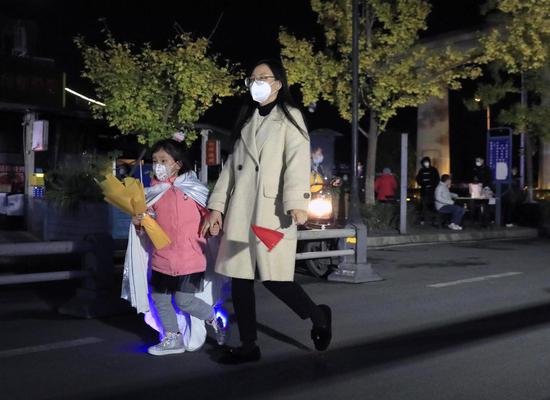

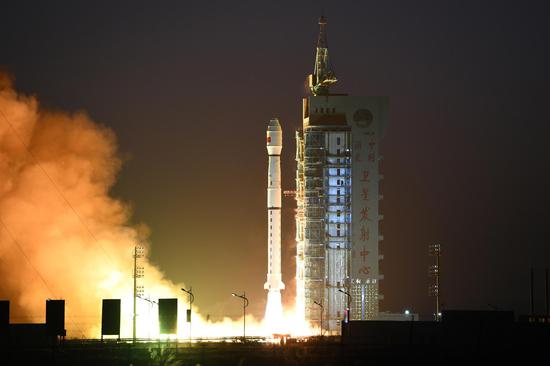
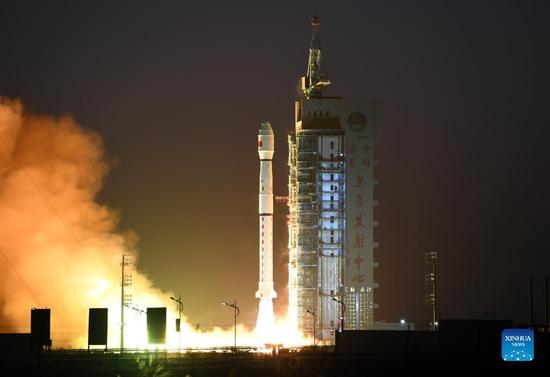

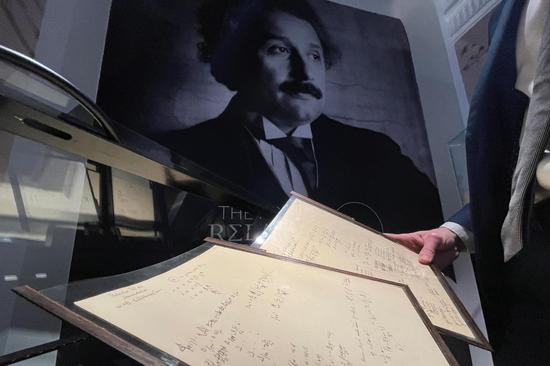





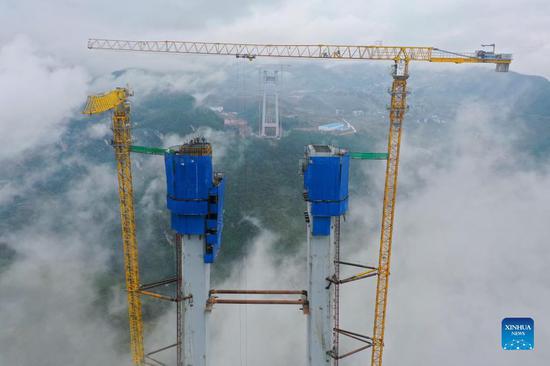



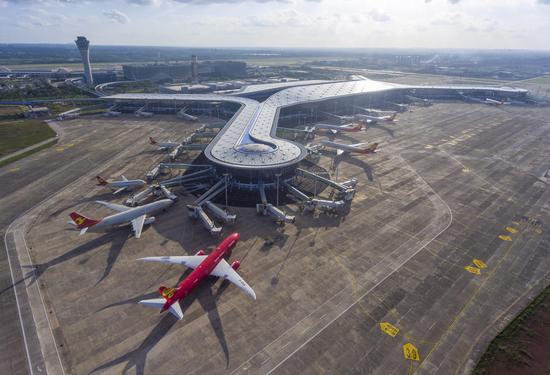















 京公网安备 11010202009201号
京公网安备 11010202009201号